Priyanka Priyanka
Enhanced Wastewater Remediation Using Mesoporous Activated Wheat Straw Biochars: A Dye Removal Perspective
Priyanka, Priyanka; Vashisht, Devika; Ibhadon, Alex O.; Mehta, Surinder K.; Taylor, Martin J.
Authors
Devika Vashisht
Dr Alex Ibhadon A.O.Ibhadon@hull.ac.uk
Reader, Catalysis and Reactor Engineering for Energy Generation and Chemical Synthesis
Surinder K. Mehta
Dr Martin Taylor Martin.Taylor@hull.ac.uk
Lecturer
Abstract
The escalating contamination of water bodies by synthetic dyes necessitates innovative and ecoconscious strategies for wastewater treatment. In this study, activated biochars BC-800 (1:0.25), BC-800 (1:0.5), and BC-800 (1:1) from wheat straw were synthesized. Here, ratios denote the mass relationship between wheat straw and potassium hydroxide; “800” represents the pyrolysis temperature. These activated biochars were rigorously characterized revealing the most efficient material, BC-800 (1:1), presenting a surface area of 2578.82 m2/g and average pore diameter of 5.51 nm. Across parallel batch experiments, it effectively extracted synthetic dyes (rhodamine B (RhB), methylene blue (MB), and methyl orange (MO)) from wastewater within 15–20 min, primarily through chemisorption pathways. Increased surface area and porosity resulted in a greater dispersion of adsorption sites including C═C linkages (π–π interactions) and H-bonding via surface carbonyl groups (C═O). To understand the adsorption mechanism, Langmuir, Freundlich, and Temkin isotherm models were employed to investigate the equilibrium adsorption behavior. Results show that BC-800 (1:1) followed the Freundlich isotherm (R2: 0.9659 for RhB, 0.9927 for MB, and 0.9979 for MO, respectively), showing dye molecules form multilayers on the surface of the biochar (π-stacking). Biochar recycling through chemical regeneration demonstrated sustained dye removal efficiency >90% for BC-800 (1:1) over multiple cycles.
Citation
Priyanka, P., Vashisht, D., Ibhadon, A. O., Mehta, S. K., & Taylor, M. J. (in press). Enhanced Wastewater Remediation Using Mesoporous Activated Wheat Straw Biochars: A Dye Removal Perspective. ACS Sustainable Resource Management, https://doi.org/10.1021/acssusresmgt.3c00109
| Journal Article Type | Article |
|---|---|
| Acceptance Date | Jan 26, 2024 |
| Online Publication Date | Feb 13, 2024 |
| Deposit Date | Feb 15, 2024 |
| Publicly Available Date | Feb 16, 2024 |
| Journal | ACS Sustainable Resource Management |
| Electronic ISSN | 2837-1445 |
| Publisher | American Chemical Society |
| Peer Reviewed | Peer Reviewed |
| DOI | https://doi.org/10.1021/acssusresmgt.3c00109 |
| Keywords | Adsorption; Animal feed; Dyes and pigments; Plant biology; Plant derived food |
| Public URL | https://hull-repository.worktribe.com/output/4547747 |
Files
Published article
(9 Mb)
PDF
Publisher Licence URL
http://creativecommons.org/licenses/by/4.0
Copyright Statement
© 2024 The Authors. Published by American Chemical Society. This publication is licensed under CC-BY 4.0.
You might also like
Role of zinc in bulk precipitation from the steaming process of potable water
(2023)
Journal Article
The Hydrogenation of Crotonaldehyde on PdCu Single Atom Alloy Catalysts
(2023)
Journal Article
PdCu single atom alloys supported on alumina for the selective hydrogenation of furfural
(2021)
Journal Article
Downloadable Citations
About Repository@Hull
Administrator e-mail: repository@hull.ac.uk
This application uses the following open-source libraries:
SheetJS Community Edition
Apache License Version 2.0 (http://www.apache.org/licenses/)
PDF.js
Apache License Version 2.0 (http://www.apache.org/licenses/)
Font Awesome
SIL OFL 1.1 (http://scripts.sil.org/OFL)
MIT License (http://opensource.org/licenses/mit-license.html)
CC BY 3.0 ( http://creativecommons.org/licenses/by/3.0/)
Powered by Worktribe © 2025
Advanced Search
